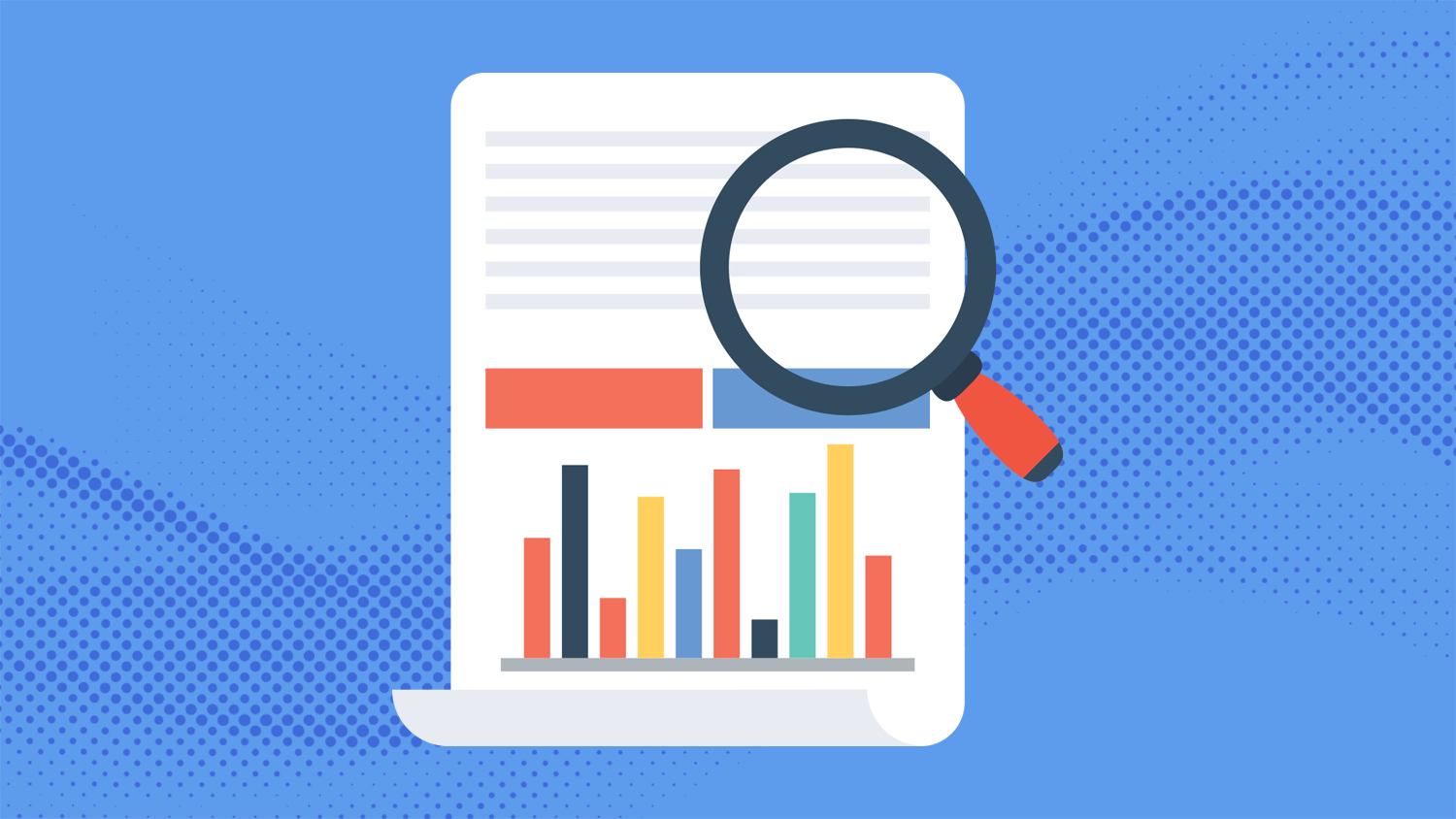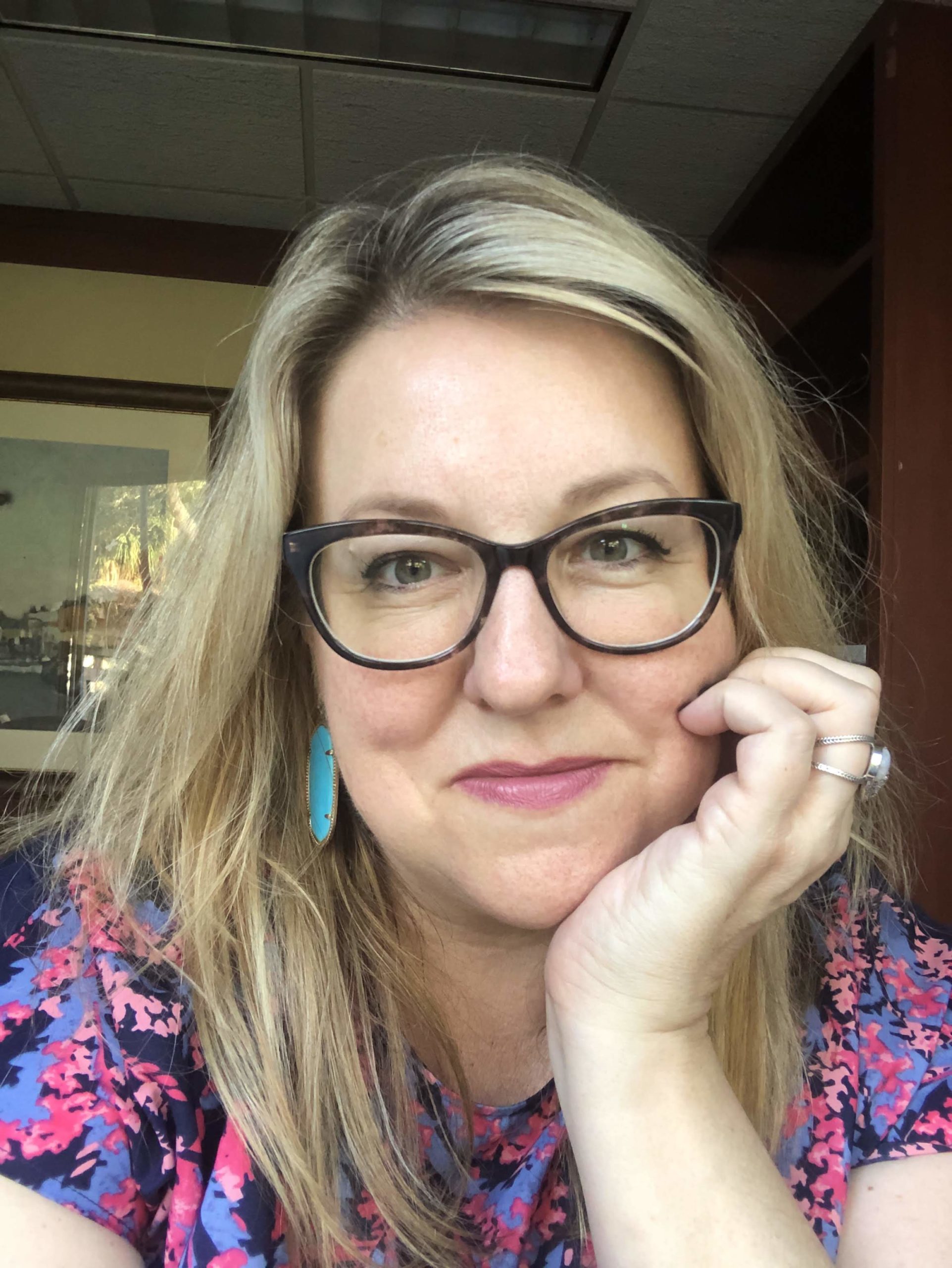It’s hard to talk about, but it’s critically important for journalists to understand.
On Aug. 30, Poynter will join the Centers for Disease Control and Prevention during a webinar that will show journalists how to use the organization’s comprehensive and powerful databases to tell nuanced stories about death and dying, including about suicide and gun violence.
“Strength in Numbers: How to Use CDC Data to Upgrade Your Mental Health Reporting” is a free 90-minute webinar timed to happen just before September, which is Suicide Prevention Month.
We sat down with webinar host and senior vice president Kelly McBride, the chair of the Craig Newmark Center for Ethics and Leadership at Poynter and a longtime champion of responsible and thoughtful reporting around death and dying.
Our conversation has been lightly edited for length.
Poynter: Tell me about these CDC databases. What can reporters expect to find within them?
McBride: The CDC keeps some pretty incredible data on mortality and morbidity — in other words, how people die. You can examine data and trends in terms of geography, age, gender, race and more. There’s a few stories that are in the news a lot, particularly around suicide, drug-related deaths and gun-related deaths. And there are ways to surface that information in these CDC databases specific to your geographic area. We frequently see journalists making vague, almost hyperbolic statements about all three of those trends in mortality among the United States’ population. And it’s not that those hyperbolic, vague statements are untrue, but they tend to be imprecise.
Take suicide, for example. People often say, “Suicide is an epidemic,” or, “Suicide is rising exponentially.”
Epidemic is actually a really vague term — it simply means that more people are dying from it than we expected. Rising exponentially is also fairly vague.
But you can go into the CDC database and say, “This many people died by suicide in our region. And here’s how that trend looks over a series of years.”
That actually helps the public gain a better grasp of what the trend really is and why people are dying, particularly when the deaths are preventable.
Poynter: So the experts from the CDC are essentially going to walk attendees through the databases — what exists, how to use them, filters they can apply, etc.?
McBride: They’re going to do some live demonstrations. These are experts who work with these databases all the time. It will be helpful for beat reporters and for general assignment reporters who find themselves having to grab data very quickly to provide context to other stories.
Poynter: What makes the CDC such a trustworthy and reliable source for this information?
McBride: In particular, this information comes from death certificates. This is simply county-by-county death certificate data that’s brought into a database where you can compare and contrast.
Poynter: What are some story ideas that journalists might be able to generate from the data?
McBride: You’ll be able to talk about mortality and preventable morbidity in very specific geographic regions. You’ll be able to describe how many people are dying by suicide or drug use or from violence in your particular region, and from there, look at public policies and even do solutions-oriented journalism by comparing your region to similar regions/geographic areas.
Poynter: Why does journalistic coverage of suicide require nuance?
McBride: Two reasons. One, the public is often misinformed and even afraid of the topic. For people who are worried that somebody in their immediate orbit is vulnerable to suicide, they often don’t know what to do, and they’re afraid to talk about it. So it becomes a verboten topic that people approach so cautiously that they don’t really get good information about it.
The second thing is that when you overstate the problem, you run the risk of misinforming the public and creating the impression that there’s nothing to be done about this — that suicide is simply out of control and that it can’t be prevented — and that is misinformation. It’s not true. It can be prevented. Bringing more precise information to your specific geographic area helps the public understand what solutions might be available.
Poynter: What role does the news media have or should they have in suicide prevention?
McBride: I think we have a huge role in suicide prevention. Part of our role is to educate the public about important topics. In the same way that it was important to educate the public about COVID or AIDS or any other disease, suicide is a public health problem, and so journalists can be a trusted source of information.
Poynter: What kinds of resources exist for reporters who are reporting on suicide?
McBride: There’s a website called reportingonsuicide.org that has all the best practices.
Poynter: Who would benefit from this training? What beats, and what kind of reporters?
McBride: Any reporter who may deal with mental health — education and schools reporters and public safety reporters. People who cover entertainment and sports often have to write a story about suicide at some point in time. People who cover public policy, government, state government, county government — suicide unfortunately comes into play on most news beats.
In addition to that, producers would be enormously benefited by this type of course, because producers are always having to come up with information very quickly.
I also think that journalism educators would benefit. High school and college journalists frequently cover mental health, drug deaths and suicide. Having best practices when you have a young audience is really important.
Poynter: You’ve always really been an outspoken advocate, and a real go-to person at the intersection of ethics, suicide and the news media. Is there a particular reason why this is resonant for you?
McBride: I am passionate about demystifying mental health issues. A lot of people have a lot of misconceptions about mental health issues, and suicide is a subset of that. So I’ve always been really passionate about that. When I was an entry-level reporter, I inherited a rule-obedient approach to covering suicide, and the rule was “We don’t cover suicide unless it’s a public person or a public place.”
That rule-obedient approach actually stopped me from doing better journalism around mental health and suicide. I thought, “Oh, well, we don’t cover suicide, so I can’t do stories on trends in suicide. I can’t do stories on what type of training the schools were offering their mental health counselors or what type of services my county mental health department was prepared to offer the people who lived in our community.”
And that was a mistake. I feel like a lot of reporters miss opportunities. The reason that we’re timing the webinar this way is because September is Suicide Prevention Month. Rather than just having journalists do an insubstantial story, we want to give them a way to get some meat into their stories.
Having poked around in these databases, I find that they’re not impossible to use, but a little tiny bit of guidance goes a long way to giving journalists the familiarity and the confidence to use them when they’re on deadline.
I’m really hoping this webinar will encourage reporters to dig around and get into this data and look for their own story ideas.
Strength in Numbers: How to Use CDC Data to Upgrade Your Mental Health Reporting is enrolling now.







